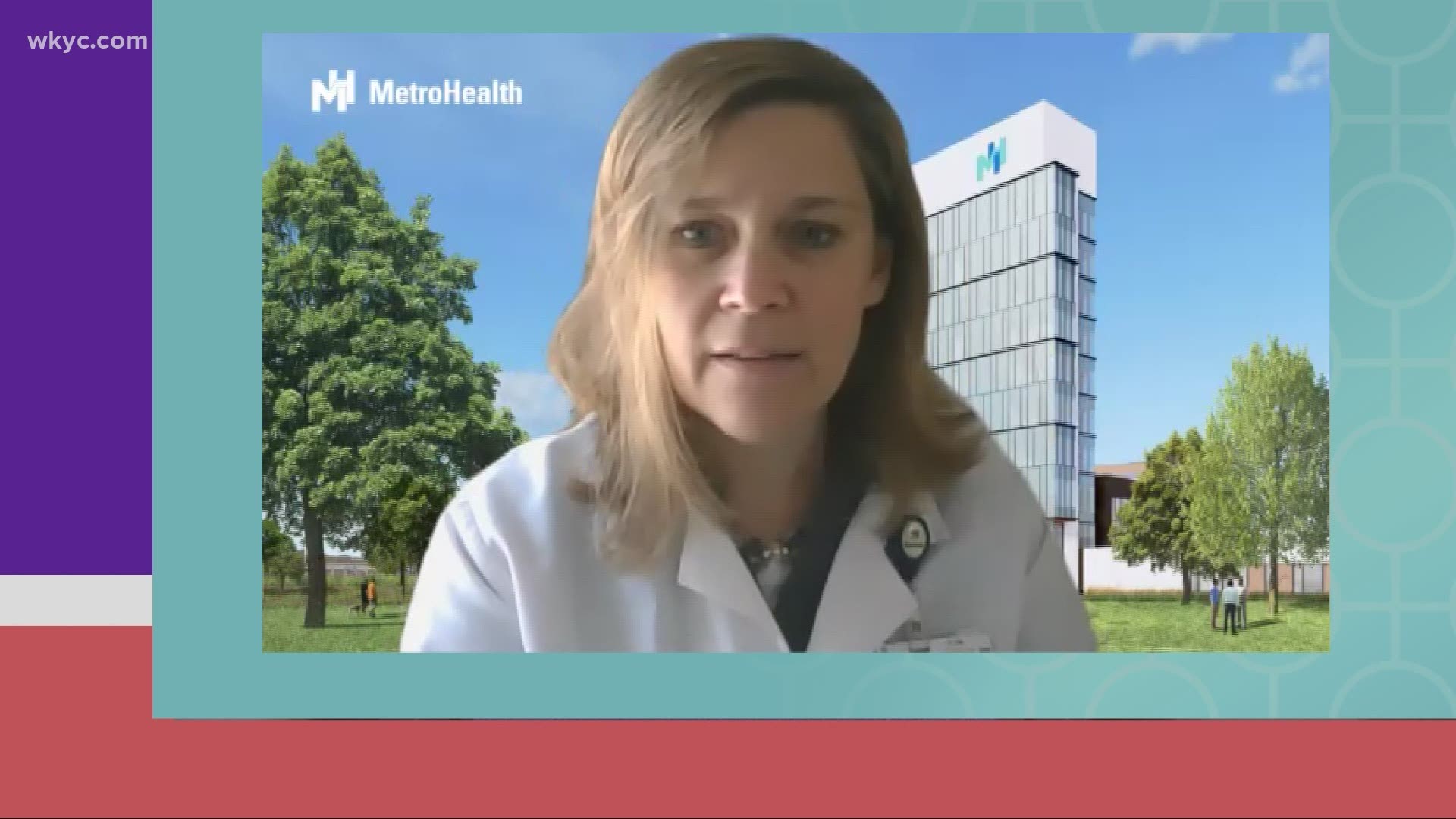CLEVELAND — The huge spike in COVID-19 cases in Northeast Ohio compared to the summer peak is increasing the demand for tests.
But there are more people who want a test than there are tests available, leading some health officials to urge people who don’t have symptoms or direct exposure to someone with the virus to not seek a test.
"Because of the burden, and I would say true burden of COVID-19 in our community right now, which is extreme and scary, we are not encouraging every person for every symptom to get tested because we want to make sure that we're caring for those who are most vulnerable," Dr. Brook Watts of the MetroHealth System, which has been offering testing throughout the community, said. "I think we're looking at...moving towards a world where we have access to testing for...all kinds of situations, but we are not there yet."
COVID-19 IN OHIO: State reports 10,359 new cases in last 24 hours
With the holidays here, some people are seeking tests for peace of mind before hosting family or visiting their elderly relatives. However, health officials are warning to not rely on testing that can’t provide results within 24 hours.
"Given the spread that we have in the community right now, I am afraid that it can provide a false sense of security," Watts said.
But even those quicker results could still put travelers and others at risk because of the delay between when a person is infected and when COVID-19 is detectable, experts say.
"Even though you might get tested before you leave your home, you don't have any assurance that by the time you get to your destination, especially if you're going to stay there for a few days, that you might not become symptomatic or become asymptomatic and be able to be a spreader," Kevin Brennan, a spokesman for the Cuyahoga County Board of Health, noted.
The ongoing shortage of tests and delays in results have hurt the nation's ability to manage the pandemic. In Cuyahoga County, 30,000-40,000 people are tested each week, evidence that testing capacity has significantly increased since last spring.
"Now that we have a much more robust testing program, unfortunately we have an equivalent rise in cases," Brennan said. "The result of this is a triage effect: What you're seeing is that physicians and healthcare providers are triaging people based on symptomology and severity of illness."
For now, testing is primarily used to diagnose people with symptoms or those who have had close with someone infected. But faster and more accurate tests are starting to hit the market, which health officials hope will allow everyone who wants a test to get one.

